Revision rhinoplasty is a surgical procedure performed to correct or improve the results of a previous rhinoplasty (nose job). It’s usually more complex than the initial surgery due to scar tissue, altered anatomy, or dissatisfaction with the first outcome. A revision rhinoplasty may also address functional issues (like breathing difficulties) and/or aesthetic concerns (like asymmetry or irregularities) that persist after the initial surgery or arise as a result of it.
Choosing a qualified and experienced surgeon for revision rhinoplasty is crucial because it requires a deep understanding of nasal anatomy, surgical techniques, and the complexities of correcting previous surgeries. A skilled surgeon can minimize risks, achieve optimal results, and ensure both functional and aesthetic improvements. Without proper expertise, the risks of complications and unsatisfactory outcomes increase significantly.
Dr. George Bitar has over 20 years of experience performing primary and secondary (revision) rhinoplasties. He has written numerous articles on the intricacies of performing revision rhinoplasties and has given talks on the subject around the world. Dr. Bitar welcomes patients from all over Northern Virginia, including Fairfax, Vienna, Alexandria, and beyond. He also sees many patients from Washington, D.C., and Maryland.

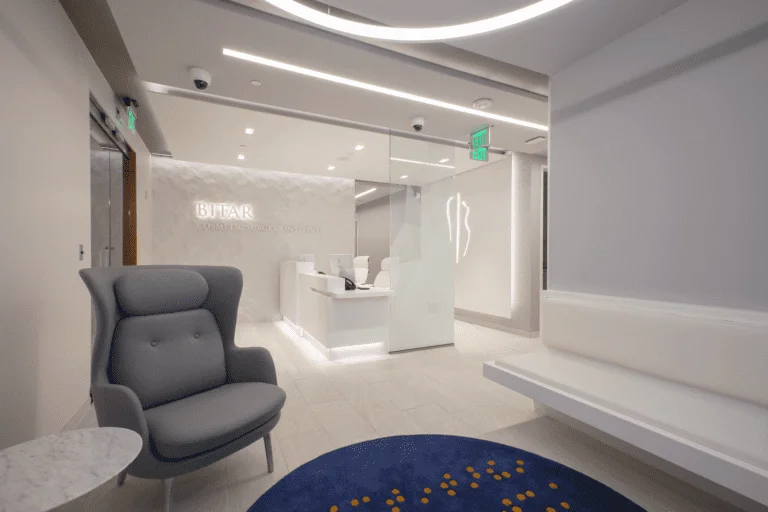

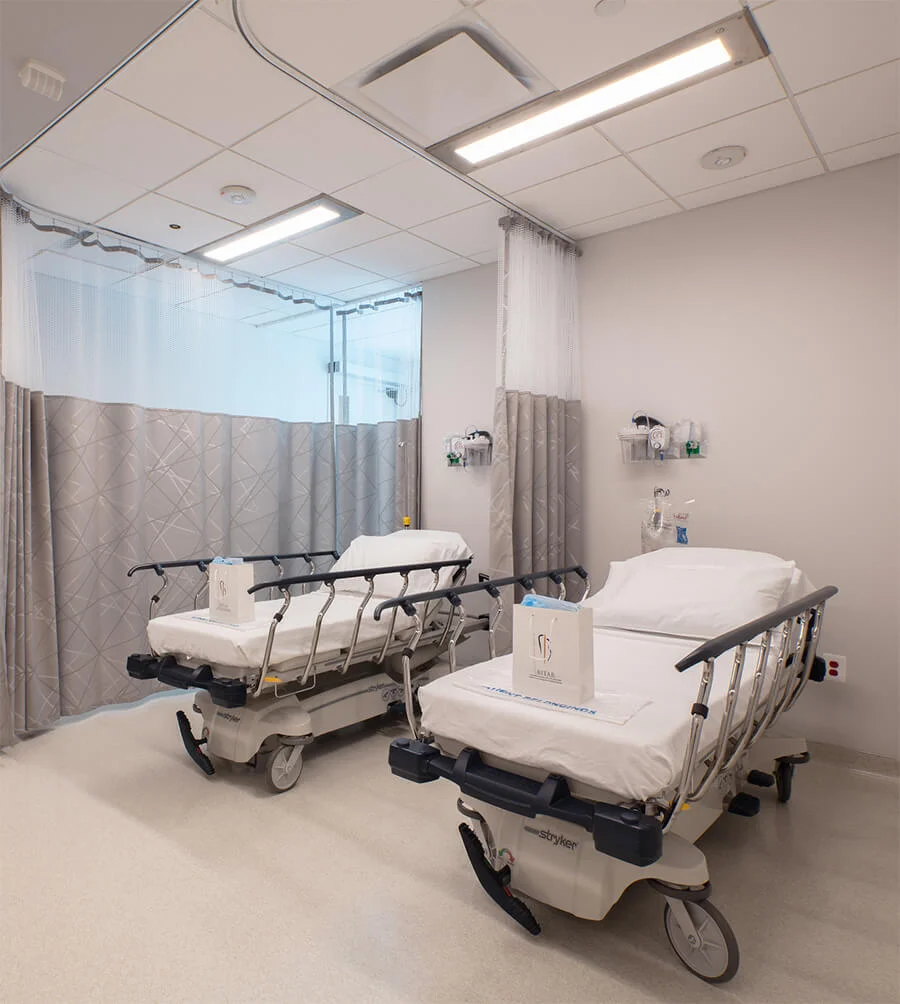
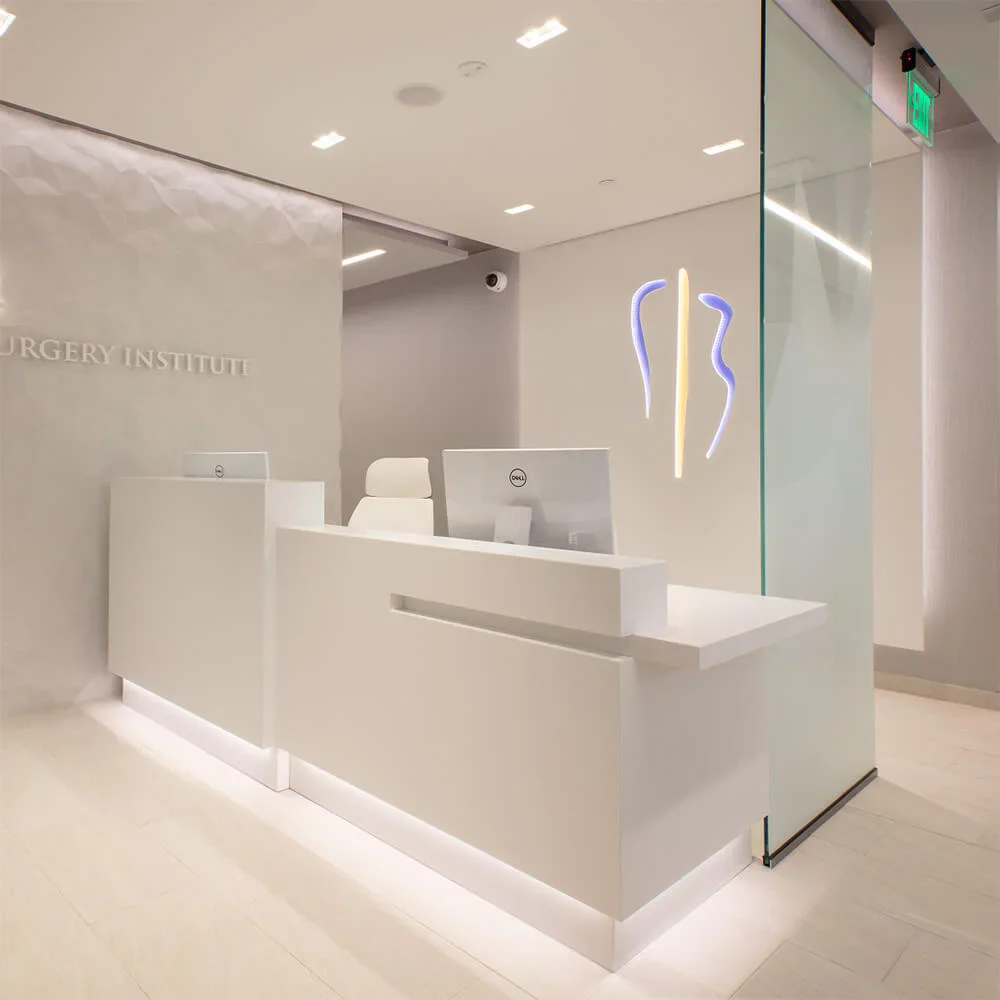
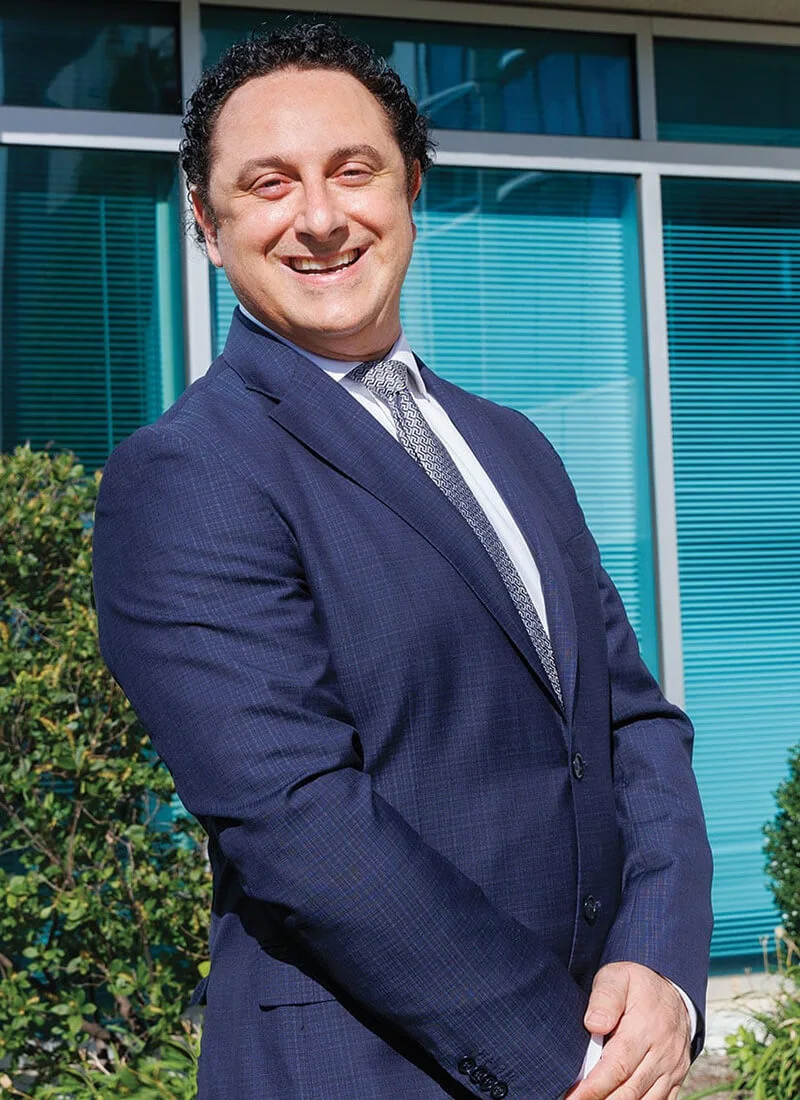
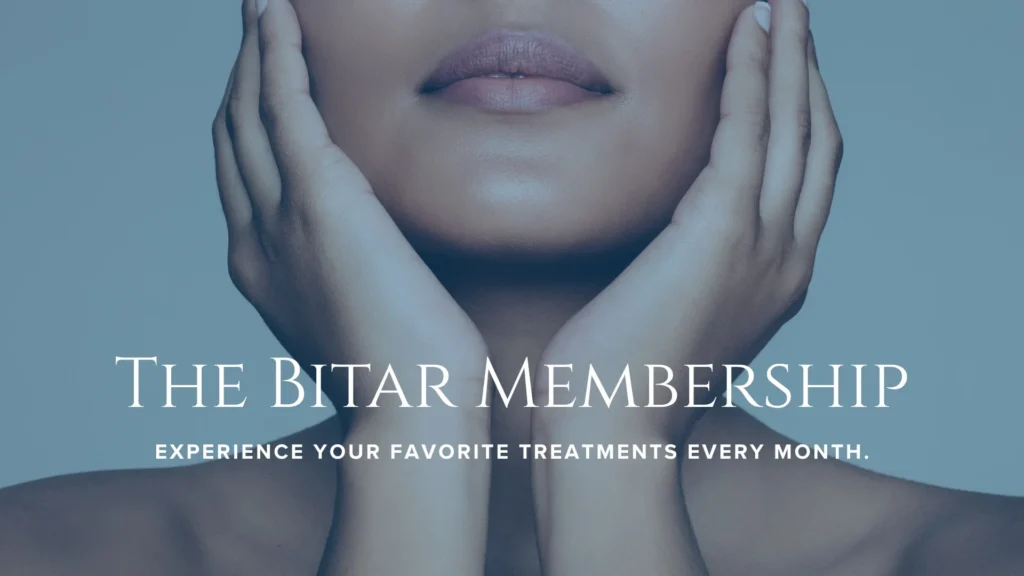
“Natural beauty but doing a little somethin’ somethin’ to make beautiful features pop is what the Model Lift™ accomplishes.”
–
Dr. George Bitar
Follow Us On Social Media